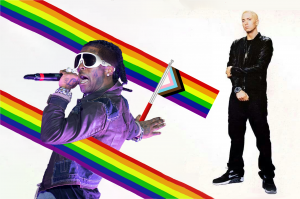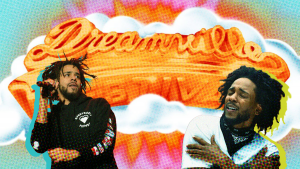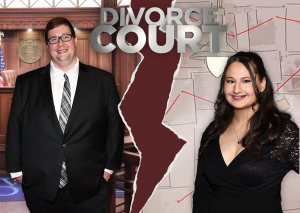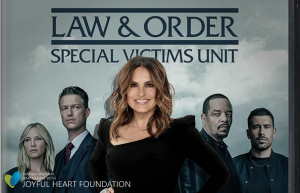Streaming services are essential to my life as a student. I have consumed countless hours of content across different streaming services. I took pride in having the power to choose economically, knowing I didn’t have the “cable bill” situation.
Not anymore.
When YouTube began its service in February 2005, it paved the way for other platforms to succeed. Netflix launched streaming in 2007 and premiered its first original content in 2013, opening the floodgates for an otherwise unforeseen demand. Fast-forward to 2019, there are a growing number of streaming services, each with their own exclusives. We are quickly returning to the days of cable.
At its conception, cable allowed the average American to enjoy content reliably and gave consumers the choice to select what they wished to consume without paying for what they wish to avoid. In modern times, cable subscription ballooned in cost and shrunk in affordable selection. In much the same way, video-streaming services began as an affordable alternative to cable, though ultimately have run into similar complications.
Services like Netflix and Amazon Prime Video continue to introduce exclusive original content to their platforms. HBO owns not one, but two different streaming services (HBO Now and HBO Go). Disney was not the first, and likely will not be the last, company to announce their own streaming service with exclusive original content.
According to Forbes, the average American subscribes to at least three video streaming services, spending roughly $8 for monthly service. Clearly, the monthly cost of video streaming subscriptions is not comparable to the monthly cost of a cable subscription. It is important to understand the problem is bigger than just cost. While the monopoly of the market will not benefit the consumers, a surplus of options will simply oversaturate and decrease the economical sense of the market as a whole.
Exclusives are at the core of the issue. For example, cable viewers who wished to enjoy the conclusion of “Game of Thrones” paid extra for an HBO add-on to their cable subscription. Likewise, subscribers of streaming services who wished to enjoy the same content paid for either an HBO Now subscription or an HBO add-on to their live TV streaming subscription.
With any industry, the consumer should lead the trend, but that isn’t what is happening. At this current rate, we are headed back to where it all began: ballooning subscription fees.




